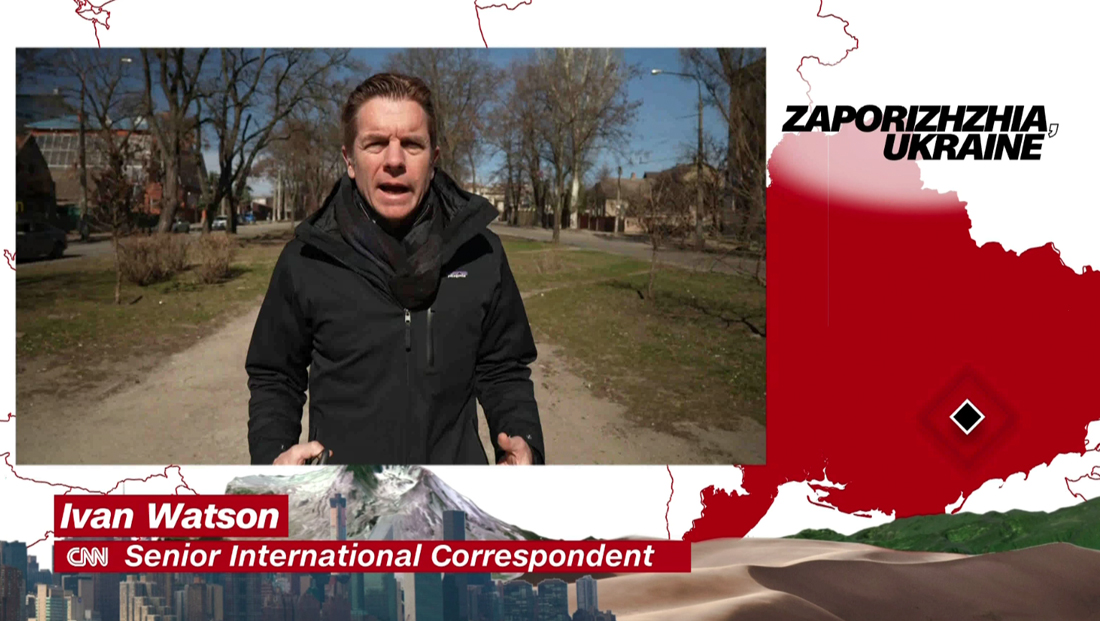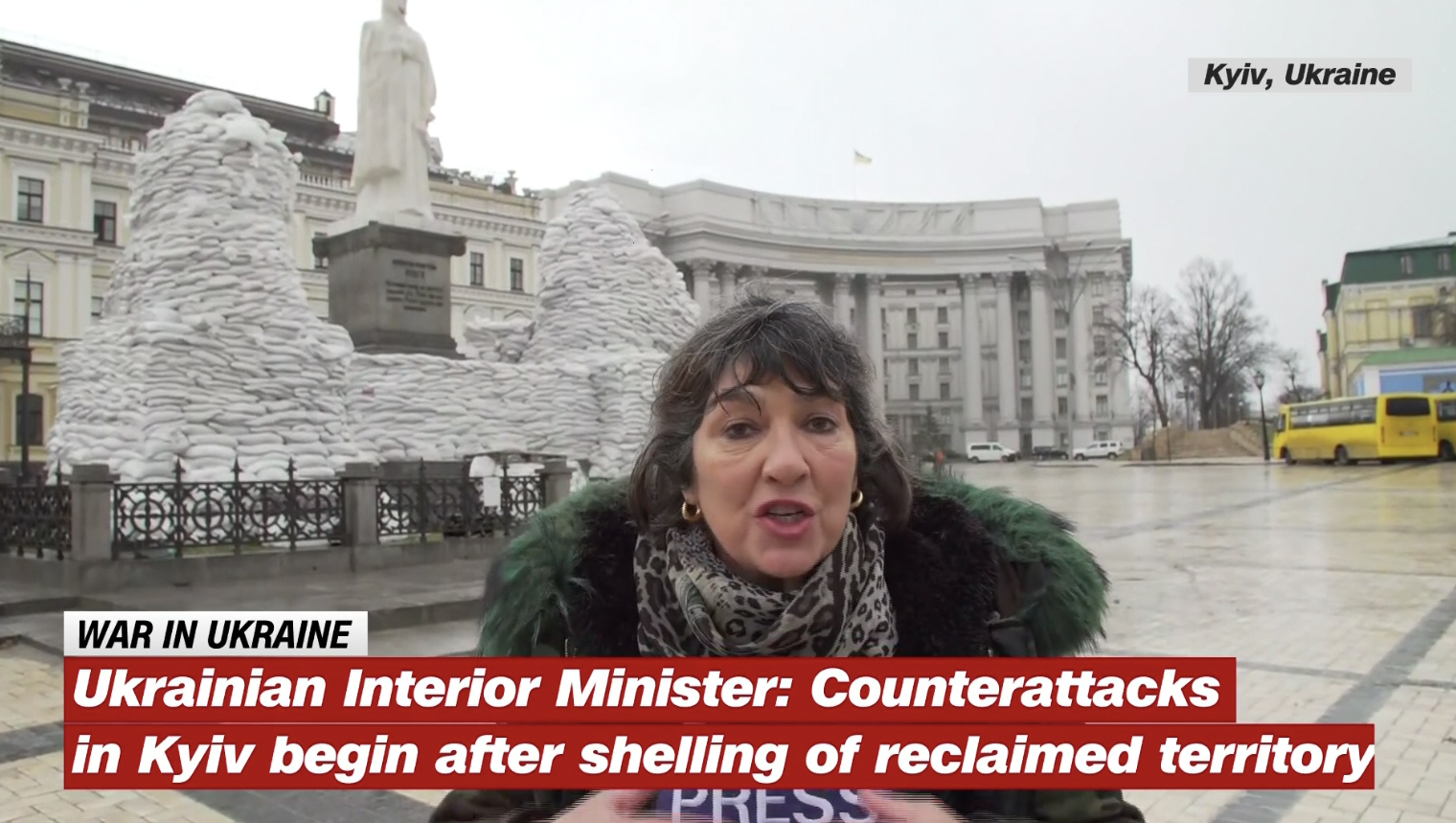‘Go There’ switches up its format a bit for CNN+ debut

Subscribe to NCS for the latest news, project case studies and product announcements in broadcast technology, creative design and engineering delivered to your inbox.
CNN’s existing digital offering “Go There” has moved over to CNN+ with some updates to its format.
The show continues to be correspondent-driven and features no anchor, though the CNN+ version adds control room elements that, in a way, turns the director (or at least the purported director) into an anchor of sorts for the first story.
The show opens with slightly muffled audio of a director saying, “Standby in the control room. Camera 3 online. Go 3. We’re up,” which are realistic calls you’d hear in a real control room.
Behind that audio in the first part of the open is an animated geographic-inspired sequence starting from space and showcasing combinations of landforms and city skylines.
Meanwhile, after Camera 3 (which is presumably the control room one) is punched up, viewers see a wide view of a control room.
The director then mentions what correspondent is “up first,” identifying the correspondent by name and where he or she is located.
The director can then be heard calling for a router to stand by and then tracked, referring to the way remote audiovisual feeds are distributed throughout a broadcast facility from external or internal sources.
After the control room segment, the first correspondent does a brief tease and can then toss to another one using a split screen, though this format varies.
The show then goes back to the first correspondent for an extended report, which often include them walking around and showcasing local sights.
Correspondents can then respond to viewer questions, which are posed by someone in the control room reading off a computer split screened with the correspondent.
For the second report, the show can cut back to a view of the control room with the two correspondents shown on a split screen on a segment of the multiplexed video panels that make up the main wall of the room.
Both correspondents start their reports with their video in a smaller box in one corner and a map corresponding to their location. The current state or country is filled with red and their precise location is marked with a black pulsating diamond.

That diamond motif is also used in the show open, which is also full of geographic imagery and imagery of CNN correspondents in diamonds.
It’s not immediately clear if the control room audio is genuine or somehow recreated, though it is fairly clear that not all of the director calls are used because there would presumably be chatter during the handover between correspondents but this is not featured.

While incorporating views and audio (whether live or recorded) from the control room isn’t a new technique in TV news, using it as a way to essentially replace having an anchor intro at the top of a show is a unique take.
The audio quality, however, does leave a bit to be desired, since it’s presumably supposed to be assumed to be coming from the control room’s intercom headsets, which typically don’t have high quality mics.
Although the on screen graphics and correspondents themselves include their names and locations later in the show, having the control room audio be just a bit clearer could be helpful, especially when one considers that it’s likely that locales with unfamiliar names to U.S. viewers are likely to pop up.
The new version uses both extended shots of the correspondent on camera and more traditional tosses to a package.

In many ways, the slightly unpolished but still insightful reporting that can be done by a correspondent simply addressing viewers certainly has a distinct more narrative and observational feel.
It obviously has the disadvantage of limiting visuals to only what can be seen in the immediate vicinity of where the reporter happens to be at the time but there’s also the option for these shots to include walking or moving around the scene, including near 360-degree style views, with correspondents also directly referencing visuals in the background.
The traditional packages, meanwhile, help balance out the extended standups for stories that can’t be told from a single location as effectively. For example, a story about Shanghai, China, locking down due to a coronavirus surge, would have been tough to tell from a single standup location, so the package enabled the correspondent to showcase what’s happening in multiple areas of the region.
Subscribe to NCS for the latest news, project case studies and product announcements in broadcast technology, creative design and engineering delivered to your inbox.





tags
CNN, CNN Plus, Go There, OTT, streaming
categories
Broadcast Design, Broadcast Industry News, Heroes, Streaming